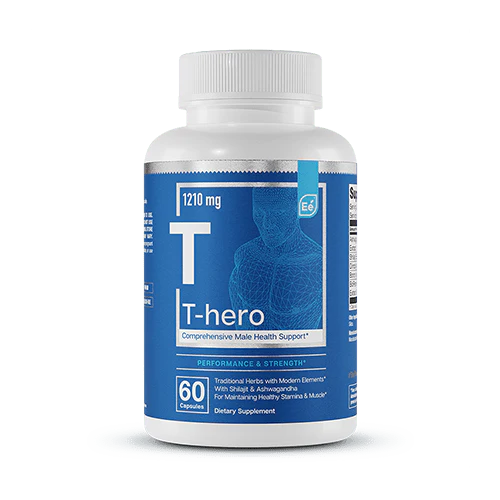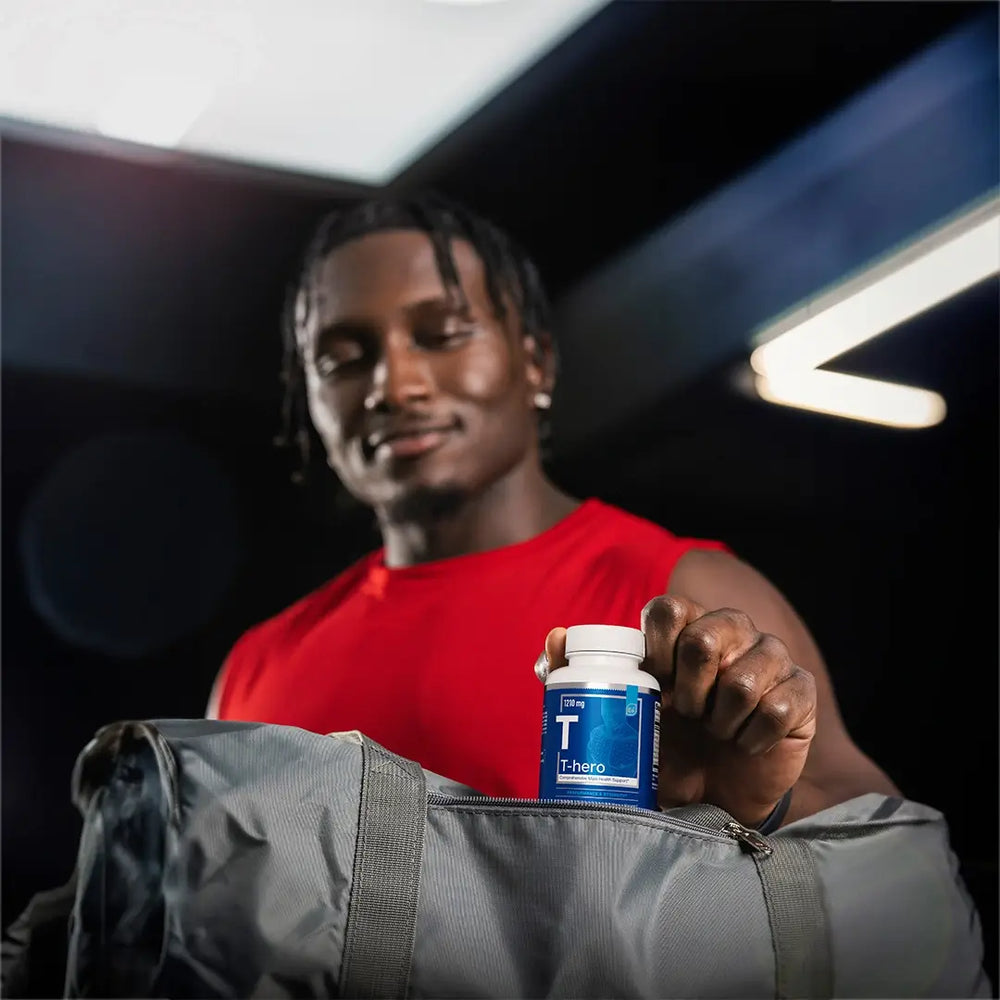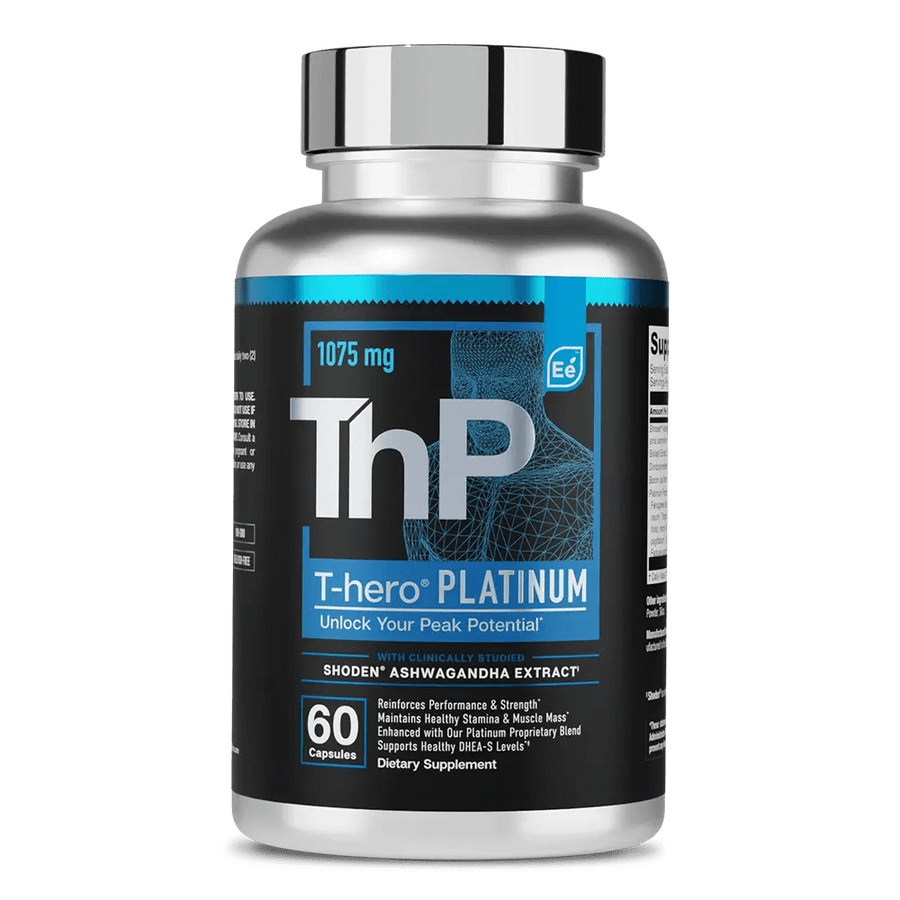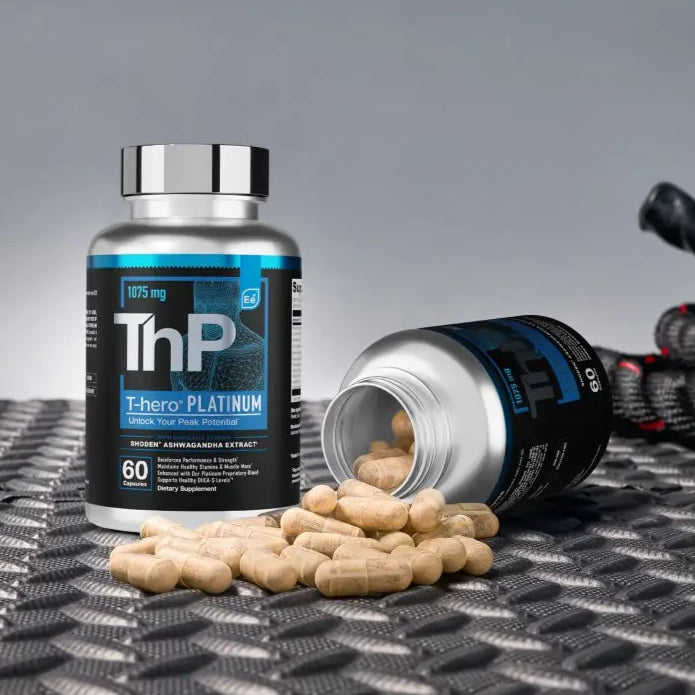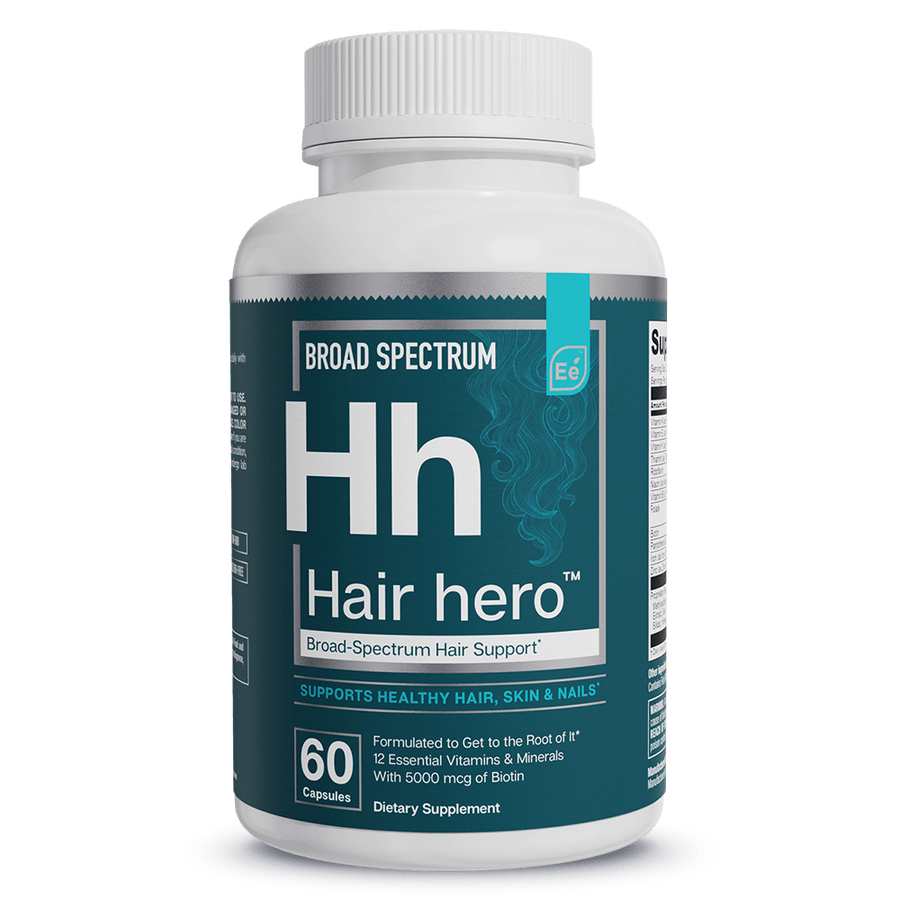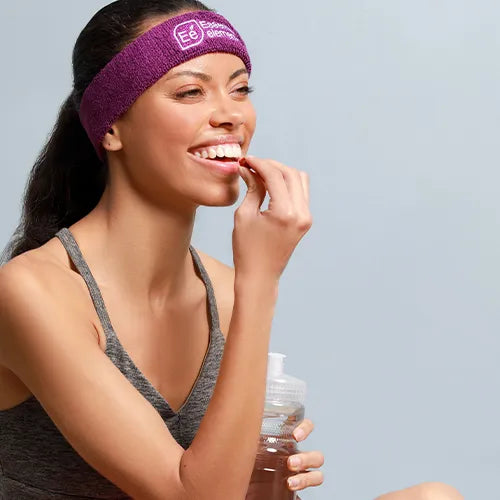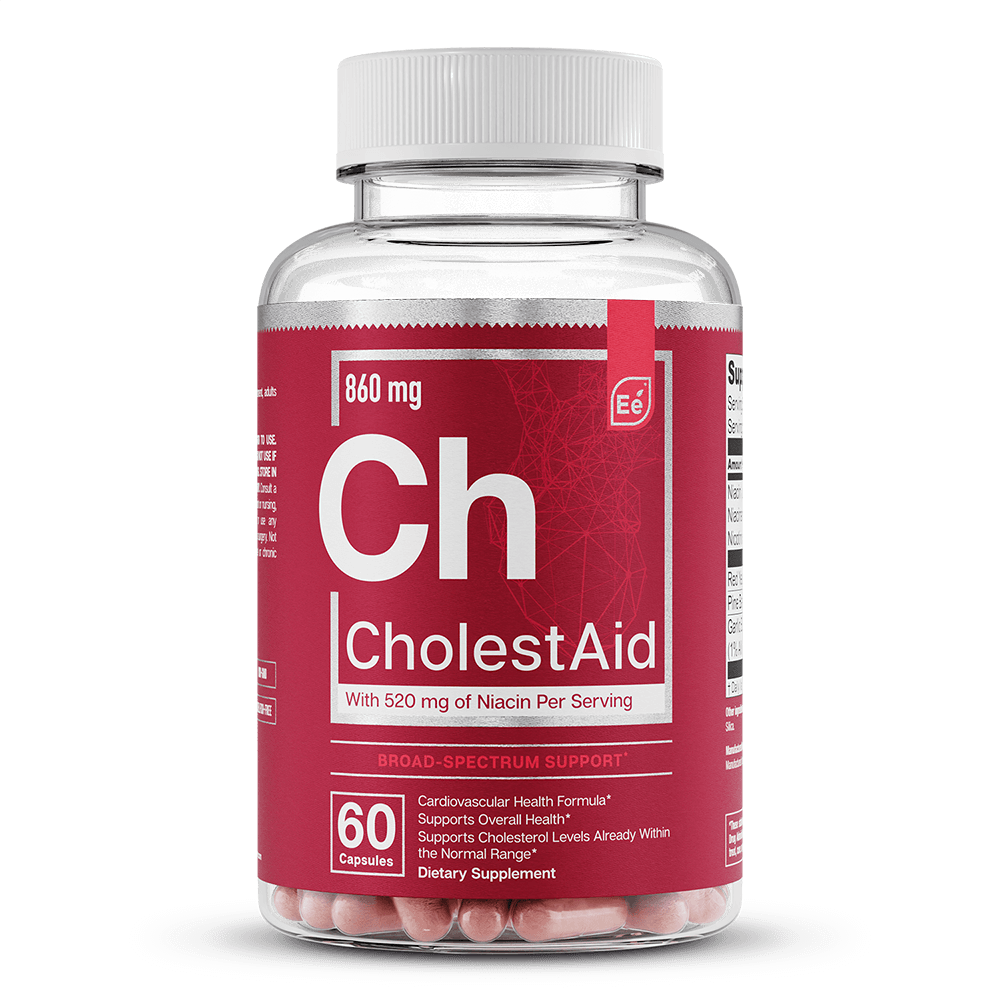A Beginner's Guide to Working Out
Exercise is hugely important for our health and wellbeing. According to the American Heart Association, adults should get at least 150 minutes of moderate intensity physical activity per week.
However, motivating yourself to exercise and sticking to a routine can be challenging, especially if you're new to regular physical activity.
This beginner's guide covers everything you need to know to start exercising in a safe, effective and sustainable way.
Read on to learn about the many benefits of exercise, tips for getting started, types of workouts suitable for beginners, and strategies for making exercise a lifelong habit.
Benefits of Exercise
Regular exercise provides enormous benefits for both physical and mental health. Here are some of the top reasons you should make physical activity a priority:
Improved Cardiovascular Health
Your heart and lungs reap huge benefits from exercise. Aerobic activities like walking, cycling and swimming improve the efficiency of your cardiovascular system. As your fitness level improves, your heart grows stronger and pumps more blood with each beat. Your blood vessels become more flexible and blood pressure decreases. These factors lead to a significantly reduced risk of cardiovascular disease.
Weight Management
Exercise aids weight loss by burning calories and building lean muscle mass. Leaner bodies require more calories at rest, so you can eat a bit more while still maintaining a deficit. Pair workout routines with a healthy diet to see significant weight loss over time. Exercise also prevents weight regain after weight loss.
Reduced Risk of Chronic Diseases
Regular exercise has been shown to reduce the risk of developing a wide range of chronic health conditions that commonly occur later in life.
Getting your body moving on a consistent basis has a protective effect against inflammation and dysfunction in critical systems like your cardiovascular, metabolic, and immune systems. Breaking a sweat helps keep these systems functioning properly and prevents disease progression.
Pairing frequent physical activity with eating a nutritious diet is one of the best preventative health measures you can take.
Consult a doctor to learn more about how regular exercise can reduce your risk of chronic illnesses you may be genetically predisposed to. Overall, staying physically active and making smart lifestyle choices now allows you to live a longer, healthier life.
Better Mental Health
Exercise boosts feel-good endorphins and neurotransmitters in the brain, leaving you feeling energized and calm after a good workout. It reduces stress, anxiety, fatigue and symptoms of depression. Regular workouts can improve self-esteem and cognitive function as well. You’ll sleep better too!
Increased Energy
Once you power through the initial phase of getting into shape, exercise provides natural energy. You’ll feel less sluggish, have more pep in your step, and improve muscle strength for daily activities. Just be sure not to work out too close to bedtime as exercise has a stimulating effect.
Improved Sleep
Not only does exercise wear out the body making it easier to fall asleep, it also normalizes your circadian rhythms. This helps you sleep more soundly, avoid middle of the night insomnia, and wake up feeling refreshed. For best results, finish workouts 3 hours before bed.
Stronger Muscles and Bones
Exercise stimulates muscles to grow larger and stronger. Weight bearing activities and strength training prevent loss of bone mass as you age. This keeps bones dense and lowers chances of fractures or osteoporosis. Building strength makes everyday activities easier.
As you can see, exercise benefits every part of your physical and mental health. It’s one of the most valuable gifts you can give yourself at any age!

Getting Started with Exercise
If you currently live a sedentary lifestyle, the thought of embarking on a new exercise regimen can seem daunting. However, there are simple steps you can take to ensure success starting out:
Consult your Doctor
Check with your physician before significantly increasing physical activity, especially if you have any health concerns. Discuss safe levels of exercise and get medical clearance. Your doctor can help craft a fitness plan tailored to your health status.
Set Realistic Goals
Decide what you want to accomplish through exercise - improve heart health? Lose 20 pounds? Run a 5K? Your goals determine what types of activities and time commitments make sense. Be specific yet realistic based on your current fitness level. Scheduling exercise into your calendar helps stick to workout plans.
Choose Enjoyable Activities
Sustainability stems from enjoyment. Try different workouts to discover which you find fun rather than boring or painful. Prefer walking outdoors over the treadmill? Does Zumba energize you more than swimming? Tailor your routine to activities you look forward to doing.
Start Slow and Build Up
Gradually increase the length and intensity of workouts to avoid overdoing it too fast. Listen carefully to your body and take rest days as needed. Trying to do too much too soon is the surest path to burnout. Build a habit with shorter, more frequent sessions at first.
Invest in Proper Footwear and Attire
Wear athletic shoes designed for your chosen activities to prevent injury. Moisture-wicking, breathable fabrics keep you cool and dry during sweat sessions. Stretchy, comfortable clothes won’t restrict movement. Quality gear improves performance and comfort.
Hydrate and Fuel Properly
Drink plenty of fluids before, during and after exercise to avoid dehydration which saps energy and hurts performance. Eat carbohydrate-rich snacks before a workout and lean protein afterwards for muscle recovery. Proper hydration and nutrition boosts your exercise capacity.
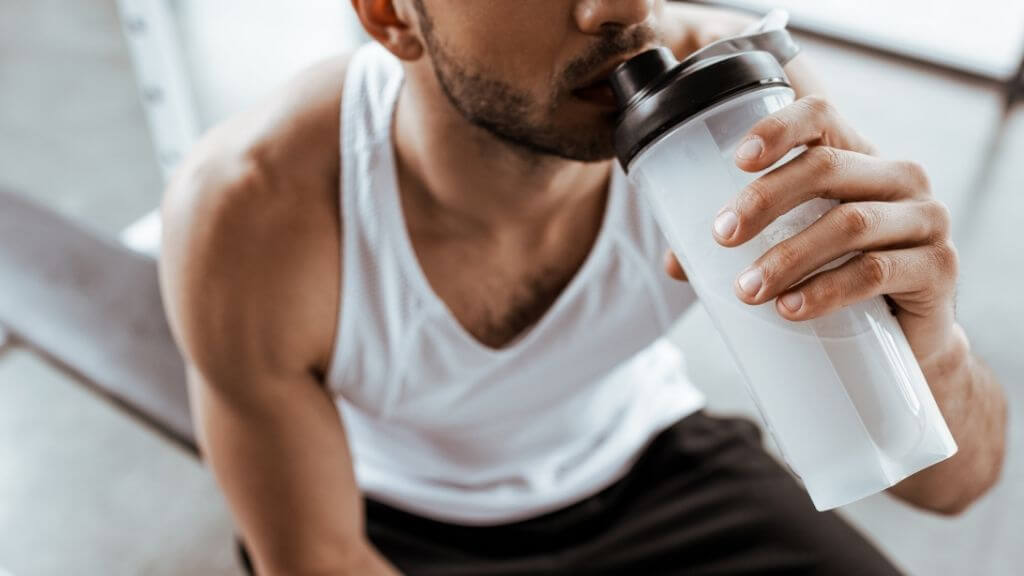
Listen to Your Body
Pay attention to signals like shortness of breath, dizziness, pain or fatigue during workouts. Push yourself moderately but don’t overdo it. Take a break or ease up if your body indicates you need to slow down to prevent injury or burnout.
Rest and Recovery
Beginners should avoid exercise every single day, especially weight training the same muscle groups two days in a row. Schedule rest days for your body to recover and repair stronger. Get enough sleep to optimize the benefits of exercise. Periodic rest allows you to work out harder when you do.
Starting an exercise habit takes patience, consistency and self-awareness. Progress slowly, fuel properly, invest in equipment, and most importantly - have fun!
Types of Exercise for Beginners
There are endless types of aerobic, strength training and flexibility exercises suitable for beginners. Here are some of the most accessible options to start your fitness journey:
Walking
One of the easiest aerobic activities, walking requires no equipment. Start with leisurely strolls around the neighborhood or mall, then gradually increase your speed and distance. Walking burns calories, improves cardiovascular health, and costs nothing to do just about anywhere.
Jogging
Once your fitness level improves, graduate from walking to an easy jog. Many Couch to 5K running programs help you safely progress your jogging sessions from brief intervals to longer distances. Jogging burns more calories per minute and really gets your heart pumping.
Cycling
Riding a bike allows you to explore new places while getting your heart rate up. Start slowly pedaling around flat areas before taking on steep hills. Stationary bikes at a gym are low-impact too. Invest in a helmet and bike shorts for serious cycling.
Swimming
Swimming works your entire body with minimal impact on joints. Water buoys your body to reduce strain. It improves cardiovascular endurance but is lower intensity than activities like running. Check local gyms or community pools for lap lanes and classes.
Strength Training
In addition to cardio, beginners should incorporate strength training 2-3 days per week. This builds metabolism-boosting lean muscle mass and protects your bones. Options include:
- Bodyweight Exercises - Push Ups, squats, planks, and lunges use your body weight as resistance to tone and strengthen major muscle groups. No equipment required!
-
Free Weights - Start with light dumbbells and gradually increase the weight as you advance. Focus on proper form. Single joint moves like bicep curls are easy beginner exercises. -
Resistance Bands - Flexible bands add challenge to bodyweight movements. They're extremely portable so you can strength train at home or while traveling. Use them to add resistance to squats, arm exercises and more.
Yoga
Gentle, restorative yoga improves balance, flexibility, and mind-body awareness. Follow along with YouTube or app-guided flows at home, or sign up for beginner classes at a local studio. Yoga bolsters recovery between strength training sessions.
Pilates
Like yoga, Pilates enhances overall strength, flexibility, posture and balance. It works deep core stabilizing muscles and corrects muscle imbalances caused by one-sided activities. Pilates is lower intensity but still boosts fitness.
Aerobics Classes
Group cardio classes like Zumba, aerobics, cycling and dance provide structured, high energy workouts. Having an instructor leads you through choreographed routines set to motivating music in a social setting. Classes accommodate all fitness levels.
Calorie burning aerobic exercise combined with strength training provides a complete fitness routine. Alternate focus on different major muscle groups and types of cardio to keep your body challenged and engaged.
Tips for Sticking with Your Exercise Routine
Beginning an exercise program is the first hurdle. Making exercise a lifelong habit is equally challenging. Here are strategies to make fitness a regular part of your daily life:
Schedule Exercise Appointments
Block off set times for workouts on your calendar and treat them like important appointments. Scheduling prevents exercise from falling lower on your priorities when you get busy.
Find an Accountability Partner
Sharing goals and reporting on your progress to someone else helps stick to commitments. Having a partner to exercise with adds social motivation too. Join friends for classes or plan weekend bike rides together.
Join a Gym or Class
The social community and scheduled classes at a gym or studio helps cement the exercise habit. You can try different equipment and classes for variety. Many gyms even offer onboarding support to get started.
Add Variety
Mix up your workout routines to prevent boredom. Alternate between walking, swimming, yoga, strength training and more. Take a dance class one month and an indoor cycling class the next. Keep your body guessing.
Monitor Progress
Tracking fitness milestones through a journal, app or wearable device gives a sense of accomplishment. Record metric improvements like weight lifted, distance covered or heart rate. Seeing progress keeps you motivated.
Focus on How Exercise Makes You Feel
The mood boost, energy surge and sense of accomplishment after a good workout can become addicting. These feel-good effects are powerful incentives to exercise consistently.
Make It Enjoyable
Watch a favorite TV show or listen to uplifting music while on the treadmill. Treat yourself to a smoothie after yoga class. Chat with a friend during a walk. Incorporate things you enjoy into your fitness routine.
Adopting new exercise habits requires patience with yourself. Try various activities, recruit a support system, schedule workouts, and integrate fitness into your lifestyle. You’ll transition from beginner to lifelong exerciser before you know it!
Conclusion
Embarking on a new exercise program can feel intimidating but comes with immense rewards for your physical and mental wellbeing. Start slowly, be consistent, listen to your body, recruit support and most importantly - have fun! Investing time into fitness now pays dividends through reduced disease risk, weight management, enhanced mood and increased energy both now and decades into the future. The positive impacts exercise can have on your quality of life make it one of the best health choices you can make. Use this beginner's guide to start your fitness journey today!
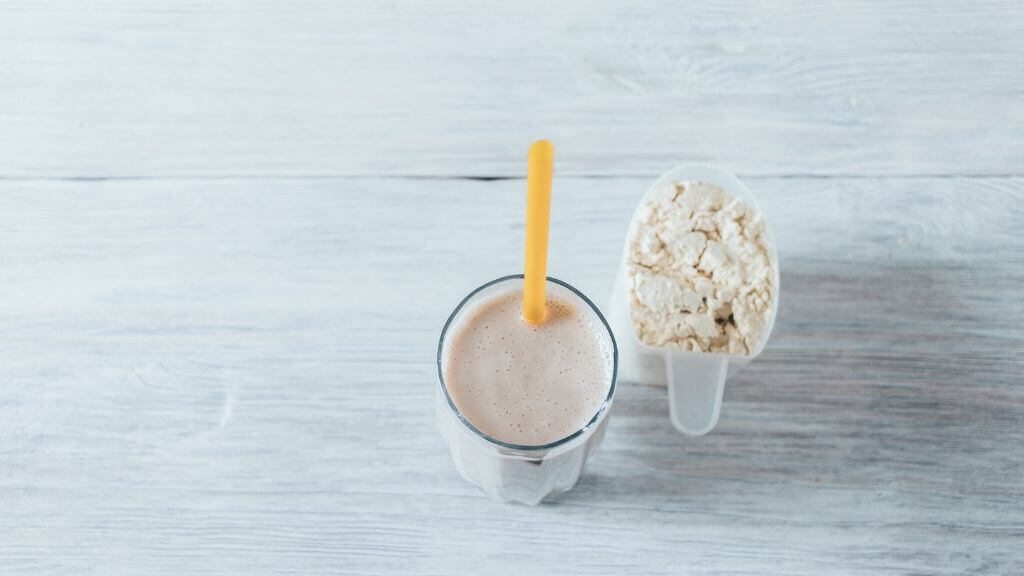
Why Essential elements PreWorkout?
One of the hardest things about trying something new, especially when there are a lot of options, is picking which thing to try. When this isn’t your area of expertise, how are you supposed to pick which Pre-Workout supplement to use? To make it easier, we’ll tell you why you don’t have to shop around. Essential elements makes the best product out there and always with your health and fitness in mind.
When you’re ready to work out, it’s all about energy. You want to have a lot of it so you can put in a really good workout. The more you can do, the better your results. Using just the right ingredients can help naturally support your energy to give you the ability to give it your all.
Our ingredients are simple and they work. We use apple cider vinegar with its naturally occurring electrolytes to keep your body balanced and thriving. Beetroot gives you nitrates to help energy flow and kickstart your stamina. Then, there’s our naturally-derived caffeine blend, and we all know how caffeine can give you an energy rush. We prefer to use naturally sourced ingredients and not the synthetic ones commonly used.

That’s it; that’s how you use it. But you can have fun too. In fact, you can make your entire workout more fun, and that’s the key to finding a workout that you love and that you’ll stick with. It’s all about competition. Now, we’re not exactly talking about competing with others, but you can do that too. What’s fun about taking preworkout supplements is testing yourself to see how much more you can do.
Try doing a week of your new routine without using PreWorkout. Track how long you’re able to work out, how far and fast you run, how much you lift – whatever it is you do, track it and write it down. The following week, try the same thing using PreWorkout. What changes are you noticing? It can be very encouraging to see how these simple, naturally-derived ingredients can support the effort you’re already devoting to fitness and health.
Another fun way to track your fitness goals is to create a realistic timeline for your target. This doesn’t mean creating a date to stop working out, but most people start exercising with a couple of goals in mind. Now, the competition is to see how much faster you can make it to your target with the aid of PreWorkout.

The Essential Element
Getting more out of your workout is not only a good way to see the changes you want to make, but it’s also a good motivator to help you get up and get going. There are things you want to do in life, and there’s a way you want to look and feel. Sitting around thinking about it or putting it off is never going to help you get there. That’s why it’s great that you’ve taken that step toward a healthy you.
Taking any pre-workout supplement can help you hit your goals and targets, but not all of them are created equally. Some might only work in the short term but might lead to long-term problems. That’s where Essential elements steps in and brings you PreWorkout With Beet & ACV. Our naturally derived, safe, and potent ingredients give you a worry-free way to do more.
Creating goals, targets, and seeing actual changes for the better can support your self-confidence and keep you on track to achieve the things that matter most to you. And to be honest, when it comes right down to it, you just want to be healthy, and Essential elements is here to support you.
